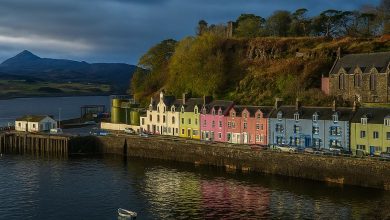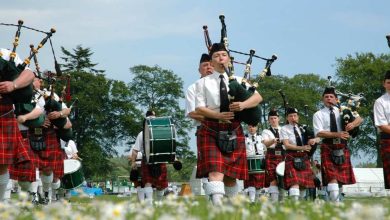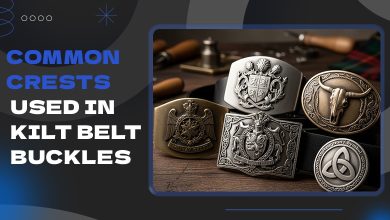The History of Scottish Tartans as a Symbol of Rebellion
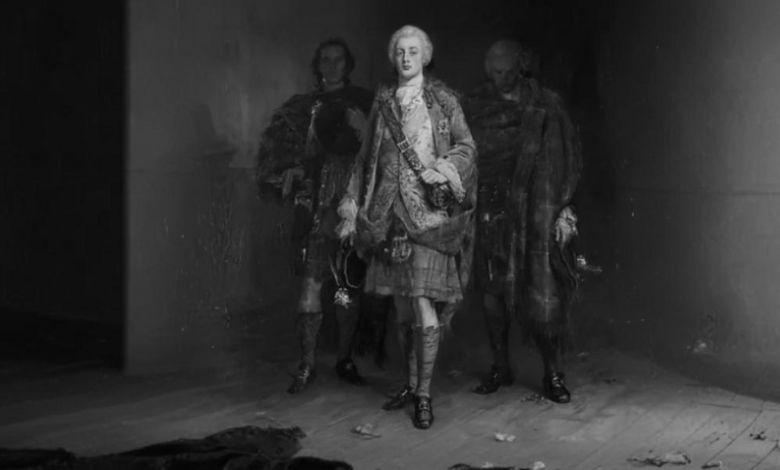
Tartan today serves as Scots’ front face, which is why it flashes through our minds whenever we think of Scotland. The distinctive tartan patterns found on kilts are worn by Scots all around the world because of their relatedness with history. However, tartan is also a fashion statement currently. Therefore, it has a long history, particularly in rebellion and resistance. This narration aims to tell you about the history of Scottish tartan as a symbol of rebellion.
The Origins of Scottish Tartan
The actual origin of Scottish tartan is not a story of a century or two but rooted in thousands of years. However, the tartan we know today became popular in the 16th century with kilts. The early introduction of the tartan was its connection to the Scottish clans according to regions. An evolution in the fashion industry now makes tartan a fabric for every person no matter if the wearer is a Scot or a non-Scot. Nevertheless, the patterns of tartan are still an identity of Scottish forefathers.
The Jacobite Uprisings or Tartan as a Symbol of Rebellion
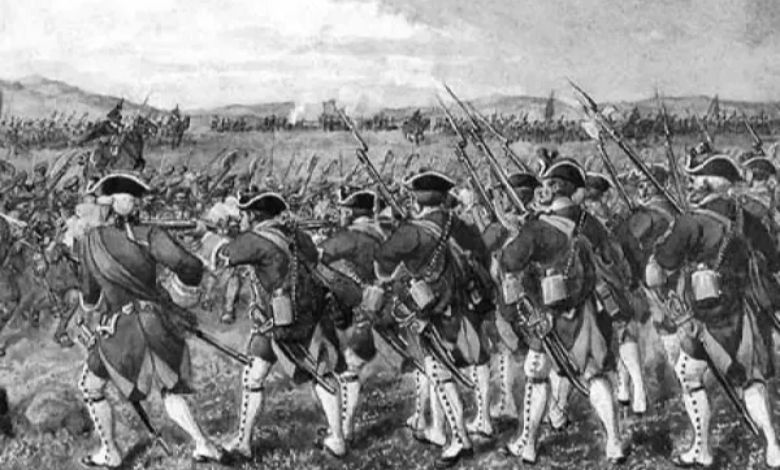
The 17th and 18th centuries were not a good time for Scotland because the country experienced political instability at extreme levels. The prime roots were the problems that a majority of Scots had with the English crown’s rule. So, they intended to restore their Scottish kings.
To achieve their goals, Scottish clans grouped themselves known as Jacobites. The Jacobite Uprisings was a set of wars that occurred between 1715 and 1745. These conflicts were efforts to get the Stuart (Bonnie Prince Charlie) monarchy back.
During these brutal circumstances, tartan was not just simple fabric but far above it. Tartan symbolized the rebellion then. A majority of Scottish clans proved to be loyal to the Jacobite rebellion. They wore their identical clan tartan kilts with pride to mark their role. Wearing tartan then indicated the opposition against the English kings who had already captured a significant area of Scotland.
The Banning Tartan to Suppress Rebellion
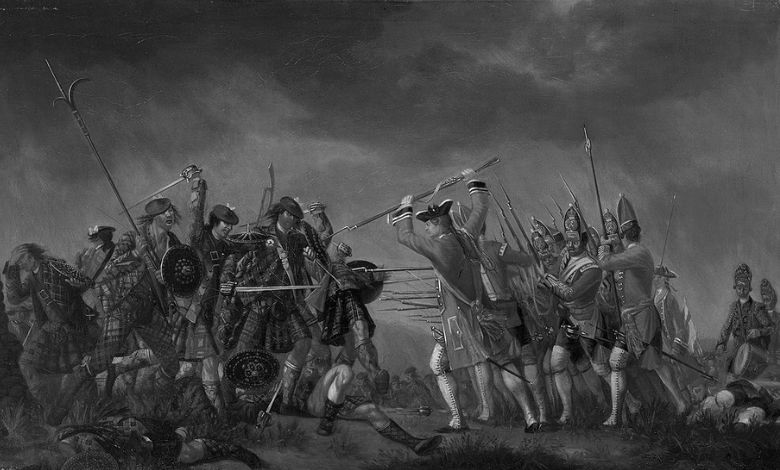
The aftermath of the rebellions went against Scottish clans after the Battle of Culloden in 1746. They were defeated and the British government took extreme measures to prevent the future from such circumstances. The Act of Proscription or The Dress Act, was one of the most severe measures passed in the next year.
This act equated to another defeat for the Scots since the British monarch announced a ban on wearing tartan kilts and keeping arms. The British government outlawed tartan to eradicate it as a symbol of rebellion and stop the Highlanders from taking action.
The role of Scottish tartan as a symbol of rebellion continued for 4 decades at least. Wearing tartan at that time meant going against the contemporary authorities. A person disobeying the rule was supposed to have penalties including jail. For those who persisted in fighting, tartan was more than just clothing. It was a symbol of their history and tenacity.
The Role of Highlanders Post-Culloden
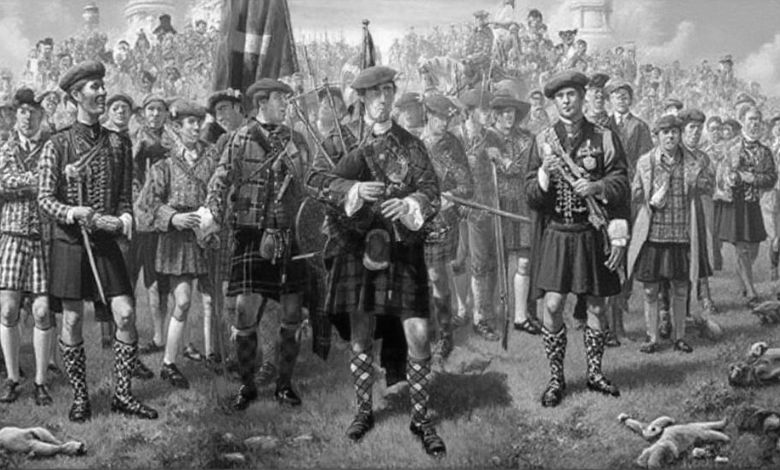
After many years, 1782 rose as a year when the ban was removed, increasing the popularity of tartan. Meanwhile, tartan kilts were a powerful symbol for the Highlanders despite the restrictions. Highlanders started to advertise their tartans as a sign of victory which they got in the form of ban uplifting. Over time, tartan became a symbol of Scottish pride, not just rebellion.
Thanks to those tartan enthusiasts, tartan is worn by Scots around the world. Wearing tartan aims both for ceremonial purposes and for pride in their heritage. Tartan kilts have come a long way from being symbols of rebellion to representing the enduring spirit of Scotland’s people.
Tartan Today
Tartan’s popularity was impacting the entire world steadily, then the 19th century appeared as a miraculous era. Queen Victoria was the reason behind it. Her love for Scotland and Scottish entities shines like the sun in history. She herself wore tartan. Thus the tartan started to become a sign of a fashion entity which continues till the date.
In the current era, many countries worldwide make their tartan because of its considerable acceptance as a stylish appearance. In Scotland, tartan primarily acts as a historical and cultural part of fabric. In the beginning phases after the rebellions, tartan was specific to formal occasions but became everyday wear with time. To this very day, tartan is common to see at every Scottish event even if it is formal or casual.
Fulfill Your Tartan Needs with The Utility Kilt
No matter if you are a Scot or from another part of the world, Scots will encourage you to admire their history by wearing tartan attires. If you are looking for a reliable store to buy tartan products like tartan kilts or tartan plaid fabrics, TUK Shop must be your priority. Here we provide our customers with excellently customized products at affordable prices. Above all, our discounts continue throughout the year. So, without thinking more, order your tartan products today!
